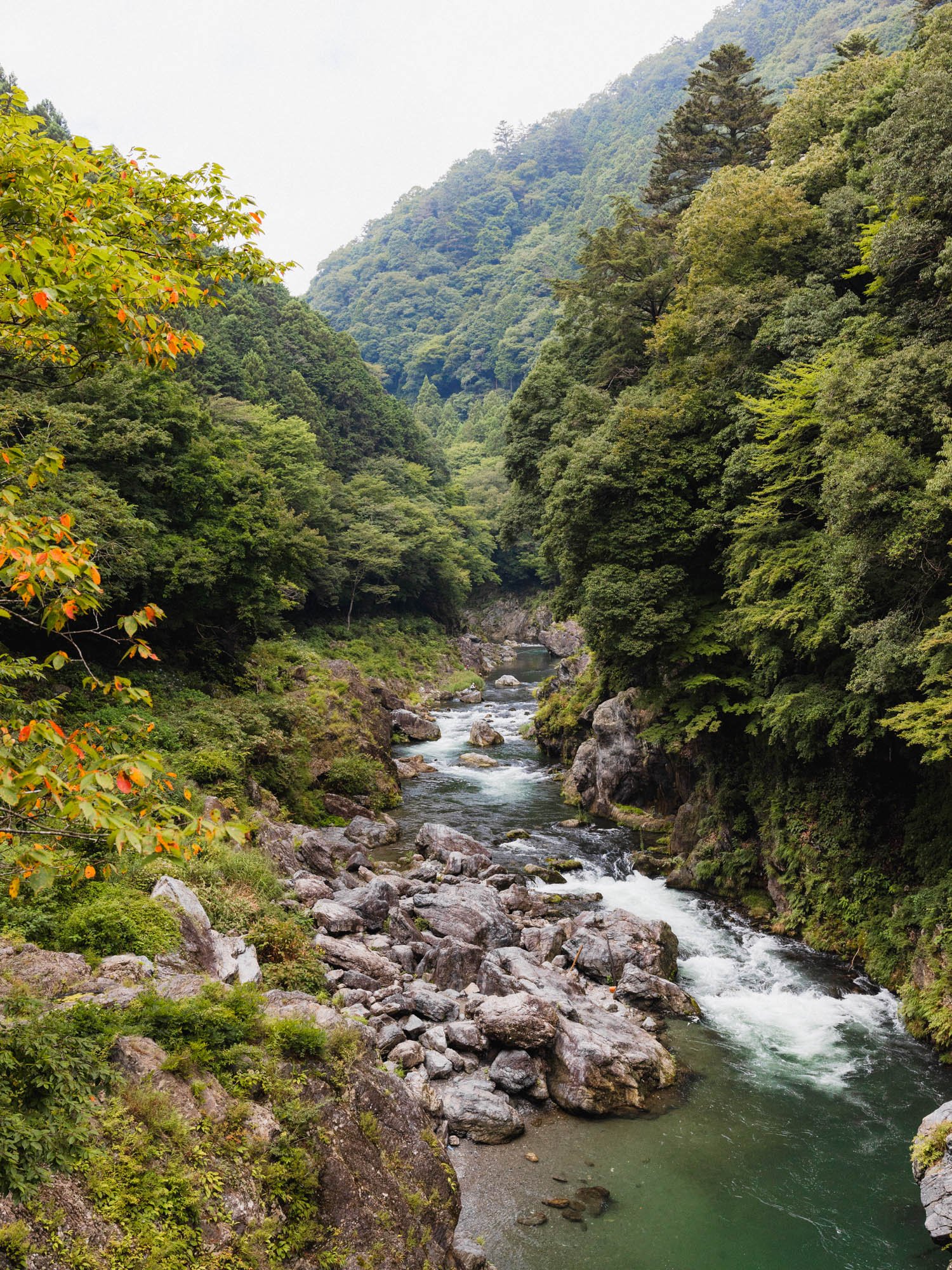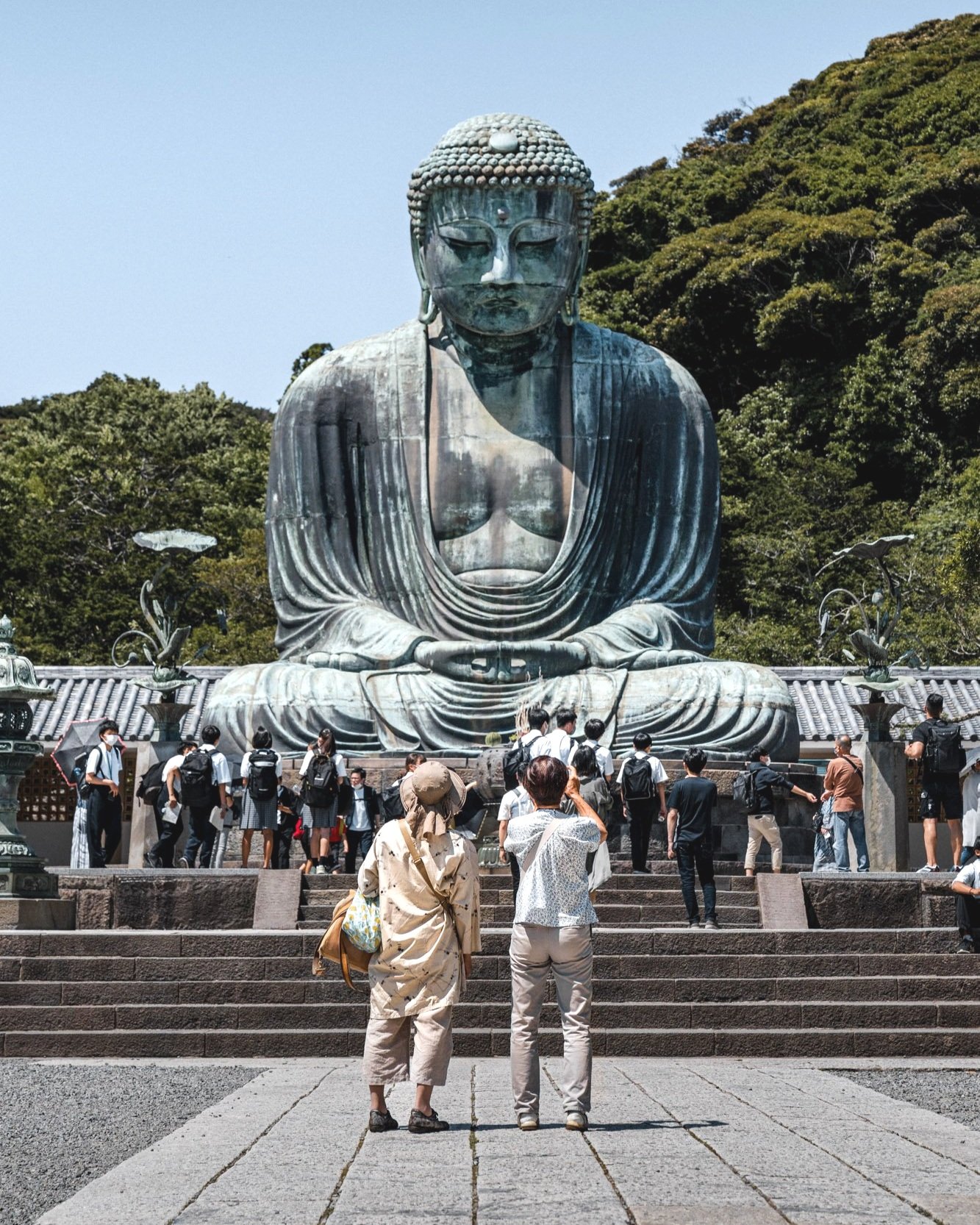Benesse House, Naoshima Island: An Ultimate Guide
Having visited Naoshima Island multiple times, I consider it one of my favourite places in Japan – a place where art, design, and architecture converge with nature. Transformed from a quiet fishing village into a haven for modern art and architecture, the island features world-renowned museums, outdoor sculptures, and innovative design spaces. Including Naoshima in a first-time Japan itinerary offers a unique contrast to the energy of Tokyo or the tranquillity of Kyoto. At the heart of Naoshima is Benesse House, a fusion of museum, hotel, and art installation designed by acclaimed architect Tadao Ando. This minimalist masterpiece allows guests to fully immerse themselves in the island’s artistic atmosphere, with exclusive access to the galleries even after hours.
The Benesse Foundation
The origin of Benesse House started with the vision of the Benesse Foundation. In the late 1980s, Benesse envisioned a space where contemporary art could interact with its natural surroundings. This vision materialised into the creation of Benesse House, which opened in 1992 on Naoshima. The foundation aimed to foster a deeper understanding of art through an immersive experience, blending accommodation with artistic expression. The initiative was part of a broader cultural revitalisation project for Naoshima, turning it into a vibrant centre for art and architecture, and establishing it as a must-visit destination for art lovers from around the world.
Architecture and Environment
Each building at Benesse House – Museum, Oval, Park, and Beach – has been meticulously designed to reflect the surrounding landscape and artistic vision. The Museum, with its contemporary design, houses a diverse collection of works that engage with the natural environment. The Oval and Park buildings offer panoramic views of the sea and landscape, while the Beach building provides a relaxed atmosphere where guests can enjoy art while being close to the sandy shores.
Related Post: A New Ryokan for Japan’s Famous Art Island: Roka Naoshima
Artworks and Artists
Benesse House has showcased an extraordinary array of contemporary artworks over the years. Among the most iconic pieces is Yayoi Kusama’s Yellow Pumpkin. Perched at the end of the pier, the vibrant, polka-dotted sculpture has become a symbol of Naoshima itself. The museum also features pieces by renowned artists like Richard Long, whose Stone Circle installations resonate with the island's natural landscape, and renowned Japanese artist, Hiroshi Sugimoto’s 'Time Exposed' series can be seen on the walls of the upper courtyard with sprawling ocean views.
Nearby Highlights
Valley Gallery
Just a short trip from Benesse House, Valley Gallery offers an intimate glimpse into contemporary art. Nestled in a serene valley, this gallery showcases a rotating selection of local and international artists, making it a must-visit for art enthusiasts seeking new perspectives. The tranquil setting complements the innovative artworks on display, providing a peaceful retreat from the more bustling galleries.
Chichu Art Museum
A masterpiece of modern architecture, Chichu Art Museum is renowned for its integration into the natural landscape of Naoshima. Designed by Tadao Ando, this museum is built largely underground, allowing natural light to interact with the art in unique ways. Featuring works by Claude Monet, James Turrell, and Walter De Maria, it offers a meditative art experience that harmonises with the island’s environment.
Teshima Art Museum
The Teshima Art Museum is an architectural marvel that blends seamlessly with its surroundings. Designed by Ryue Nishizawa, the museum is known for its distinctive form and innovative use of natural light. The museum’s centrepiece is an immersive art installation by Rei Naito, which invites visitors to experience a profound connection with the natural world. The museum’s location and design make it a highlight of any visit to Naoshima.
Looking for travel guides and itineraries? Subscribe to the weekly Views from Japan newsletter here.
10 Tricks & Tips for a Visit to Naoshima Island
Add Pasmo or Suica to your phone — The digital travel cards can be used for trains, buses, convenience stores, and vending machines.
Book museum tickets in advance — Popular sites like Chichu Art Museum can get busy, so securing tickets early will save time.
Wear comfortable shoes — The island’s art installations and galleries are spread out, so comfortable footwear is essential.
Check the shuttle bus schedule — Utilise the free shuttle bus service to easily navigate between galleries and the resort.
Carry cash — Some smaller galleries and local shops may not accept credit cards.
Bring a light jacket — Even in warmer months, the sea breeze can be cool, especially in the evenings.
Respect local guidelines — Follow the museum and gallery rules to ensure a pleasant visit for everyone.
Explore on a bicycle — Rent a bike to enjoy the scenic routes around the island at your own pace.
Stay hydrated — Carry a water bottle to stay refreshed while exploring the island.
Take your time — Allocate enough time to fully experience each art installation and gallery without feeling rushed.
Discover lesser-known destinations, bucket list experiences and unique hotel recommendations in my brand-new guidebook, Views from Japan.
Best Time to Visit
The best time to visit Naoshima Island is during the spring (April to June) and autumn (September to November) months. During these periods, the weather is mild and pleasant, making it ideal for exploring the outdoor installations and walking between the island’s art sites. Spring brings vibrant blossoms and a fresh green landscape, while autumn offers a stunning array of fall colours. Additionally, avoiding the peak summer season can help you sidestep larger crowds and enjoy a more serene experience at the island’s galleries and resort facilities.
Getting Around
Getting around Naoshima Island is relatively straightforward thanks to its well-connected transport options. The free shuttle bus service provided by Benesse House is an excellent way to travel between the resort and various galleries. For a more flexible experience, consider renting a bicycle, which allows you to explore the island at your own pace and enjoy the scenic views. Taxis are also available but can be more expensive. Public buses connect major points of interest, but schedules may be limited, so planning ahead is advisable. With these options, navigating Naoshima Island and its rich artistic offerings can be both convenient and enjoyable.
Affiliate Disclosure: Please note this post may contain affiliate links. By purchasing via these links, I may earn a small commission at no additional cost to you. It’s a big help to keep this site up and running and I only promote products and services that I personally use and trust. Thanks!
Discover Japan, Minus the Crowds.
Are you tired of seeing the same over-crowded locations in Japan? I want to offer you a more meaningful experience; one that inspires you to travel to lesser-known destinations and explore Japan’s unique cultural experiences. Views from Japan is a brand new travel guidebook packed with over 260 unique experiences and timeless destinations, giving you all the tools so that you can create a once-in-a-lifetime Japan itinerary.
















